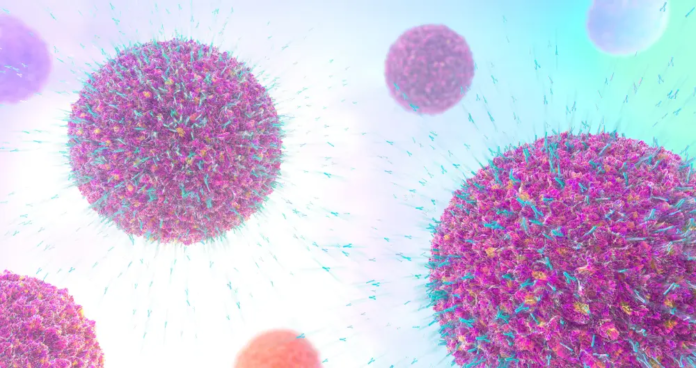
Postural Orthostatic Tachycardia Syndrome, commonly known as POTS, has been in the spotlight recently for its association with post-Covid-19 symptoms. According to the Dysautonomia International, a non-profit organization dedicated to raising awareness about POTS, it affects approximately 1 to 3 million Americans and is more common in women, particularly those aged 15 to 50 years.
POTS is a form of dysautonomia, a term used to describe conditions that affect the autonomic nervous system, which controls the body’s involuntary functions such as blood pressure, heart rate, and digestion. In POTS, the autonomic nervous system malfunctions, causing a range of symptoms that are often triggered by standing or sitting upright.
The most common symptom of POTS is orthostatic intolerance, which means the inability to tolerate being upright. This can cause dizziness, lightheadedness, fainting, and sometimes a rapid increase in heart rate upon standing. Other symptoms can include fatigue, brain fog, nausea, abdominal pain, headaches, and joint pain.
Although the exact cause of POTS is unknown, several factors have been identified as possible triggers, including viral infections, trauma, surgery, and hormonal changes. In the case of post-Covid-19 POTS, it is believed that the virus may have caused damage to the autonomic nervous system or triggered an autoimmune response that led to the development of the condition.
The diagnosis of POTS is often challenging, and patients may see multiple doctors before receiving an accurate diagnosis. The diagnostic process involves several tests, including a tilt-table test, which measures the heart rate and blood pressure while the patient is tilted at different angles.
Treatment for POTS focuses on managing symptoms and improving quality of life. There is no cure for POTS, and treatment may vary depending on the severity of symptoms and the underlying cause. Common treatments include increasing salt and fluid intake, wearing compression stockings, and taking medications to regulate blood pressure and heart rate.


